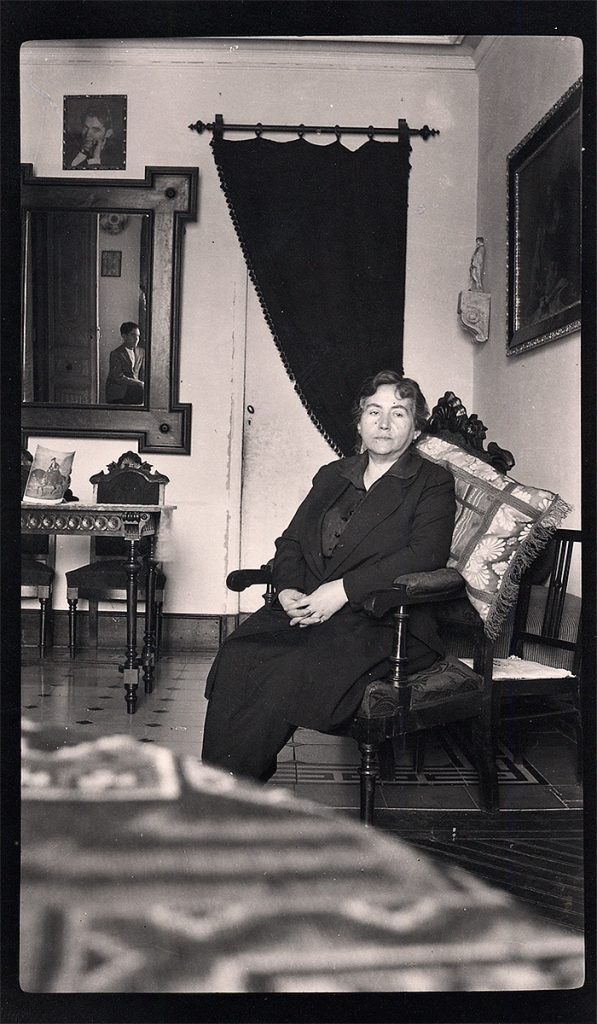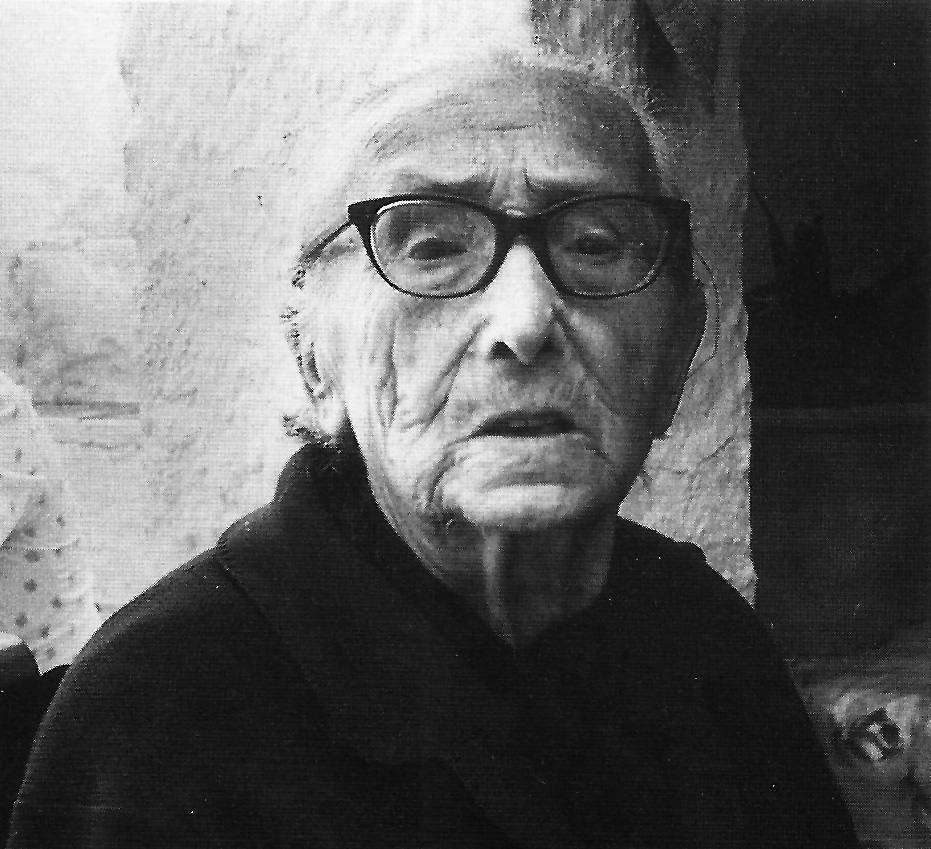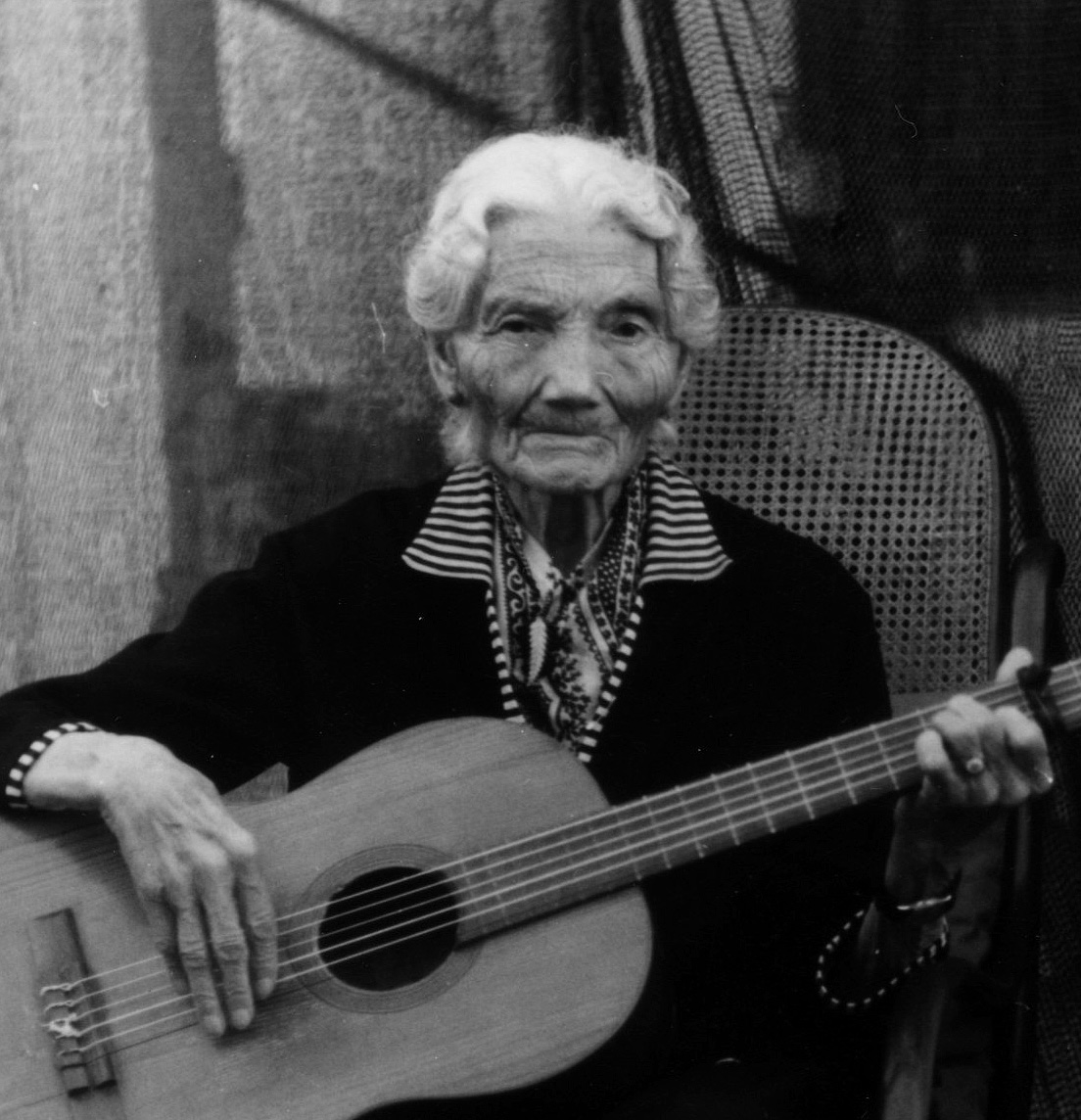Teacher at the kindergarten for girls in Fuente Vaqueros between 1893 and 1897. Mother of Federico, Luis, Francisco, Concha and Isabel García Lorca.
She came into the world in the Granada neighborhood of Realejo. Her father, Vicente Lorca González, died a month before her birth, so mother and daughter were left at the mercy of the maternal grandparents. Her mother, Concepción Romero Lucena, was a native of Santa Fe.
Vicenta Lorca immediately recognized her eldest son’s talent, although she was also demanding of him. Federico remembers her thus: “My mother, whom I adore, is also a teacher. She left school for the finery of an Andalusian farmer, but she has always been an example of pedagogical vocation, since she has taught hundreds of peasants to read […]. She has educated me poetically and I owe her everything I am and what I will be”.
At the age of 13 she entered the Calderón School, on Recogidas Street, which provided education for orphaned and destitute girls and was run by nuns. That period remained in her memory forever because of the harsh teaching methods used by the French nuns. Her anti-clericalism surely came from here. She never wanted her children to study in religious establishments.
In 1890, at the age of twenty, she obtained the title of elementary school teacher. According to Antonina Rodrigo, she was a 22-year-old “small and delicate, with beautiful eyes and on her face the constellation of moles that her firstborn was going to inherit”. Her first assignment, with a salary of 825 pesetas, was Fuente Vaqueros. In 1893, her mother died and her education and livelihood were left in the hands of the parish priest of Asquerosa (Disgusting), Enrique García Palacios. The priest was related to a wealthy farming family of Fuente Vaqueros, the García Rodríguez, of which Federico García Rodríguez was a member, a well-to-do farmer who in October 1894 lost his wife, Matilde Palacios.
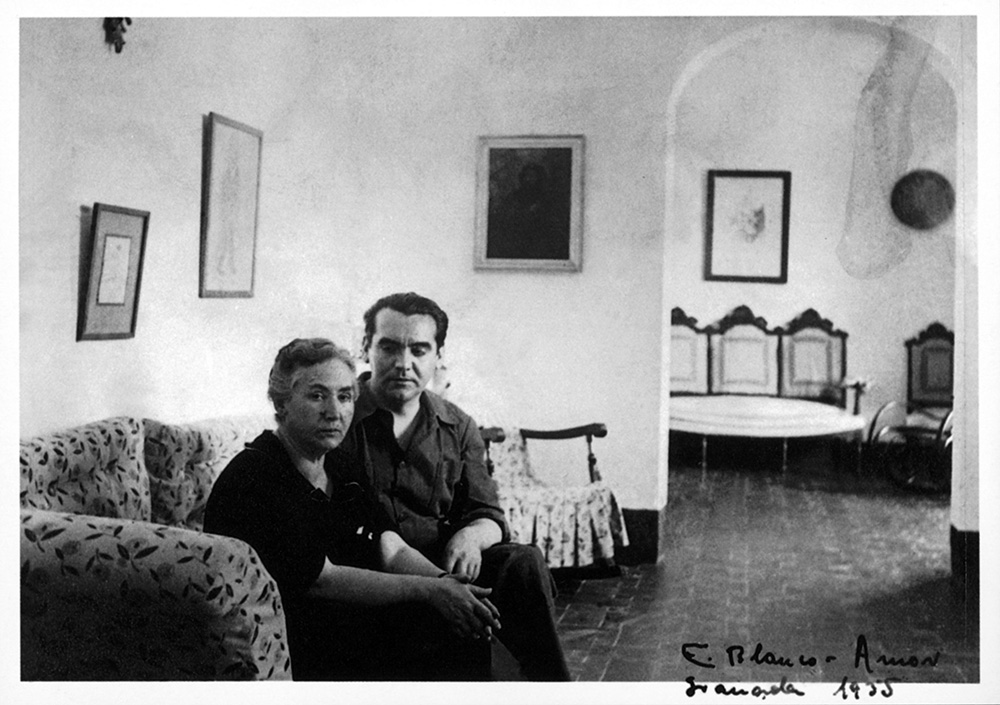
That was how she met her future husband, eleven years her senior. The two were married in August 1897. In December, after learning that she was pregnant she left teaching and a few months later, on June 5, 1898, her first son Federico García Lorca was born. But the family did not stop there. Two years later she had another son, Luis, who died at the age of two. He was followed by Francisco (1902), Concha (1903) and Isabel (1909).
Federico recalled those childhood years in one of his first writings, My Village: “As soon as the sun rose I could already feel in my house the bustle of the work and the heavy footsteps of the farmhands in the yard. Between dreams I could hear the sound of sheep bleating and the warm milking of the cows… Sometimes a very soft frufru of skirts. It was my mother who lovingly watched over our sleep. Then my father would enter the room and kiss us lovingly, very slowly and holding his breath, as if he didn’t want to wake us up…”
Vicenta Lorca immediately recognized her eldest son’s talent, although she was also demanding of him. Federico remembers her as follows: “My mother, whom I adore, is also a teacher. She left school for the finery of an Andalusian farmer, but she has always been an example of pedagogical vocation, since she has taught hundreds of peasants to read, has read aloud at night for everyone, and has not faltered for a moment in this loving zeal for culture. She has educated me poetically and I owe to her all that I am and will be.” The readings of foreign authors such as Victor Hugo left an evident mark on the formation of the future writer.
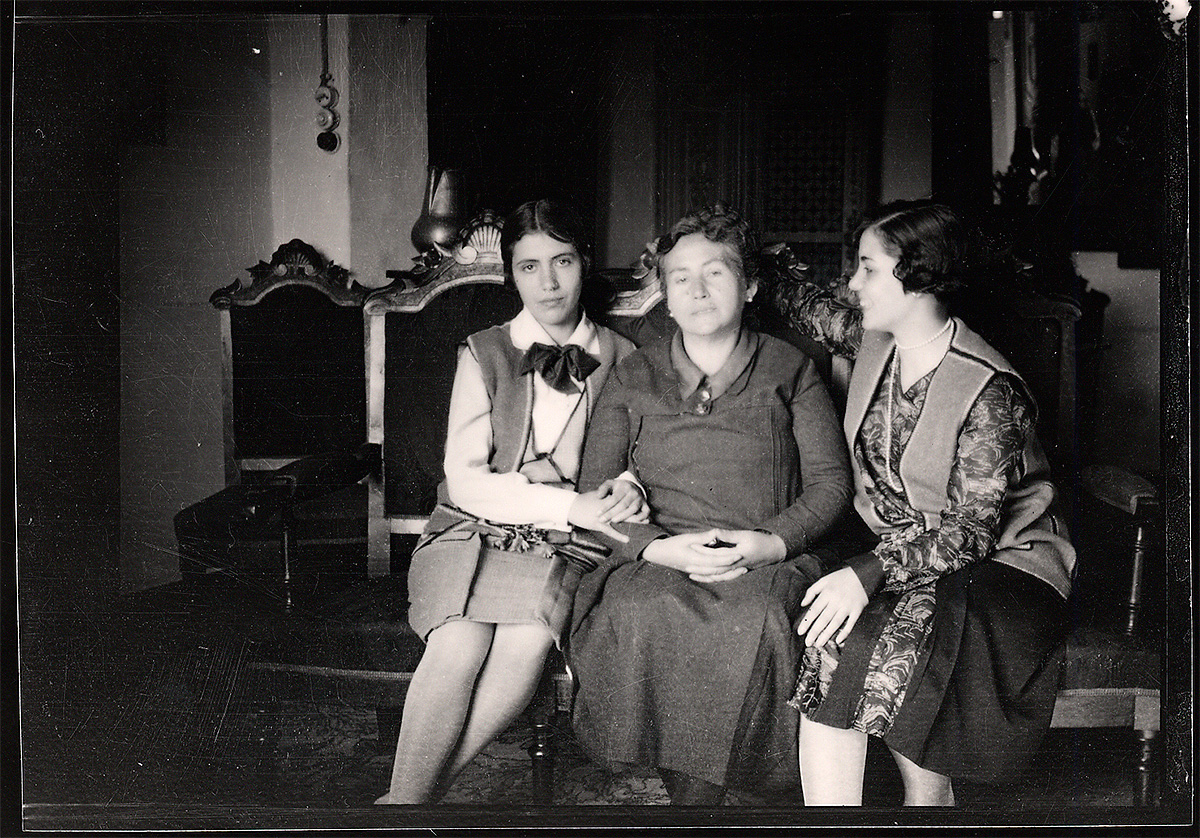
In 1906, the family moved to Asquerosa (Disgusting) (now Valderrubio) so that the father could attend to his multiple businesses. Three years later the father tried to ensure the education of his children and they moved to Granada, first to Acera del Darro, then provisionally to Gran Vía and in 1917 to Acera del Casino. This was to be the Lorca’s last home in Granada, apart from the Huerta de San Vicente farmhouse, before moving to Madrid in 1933. Vicenta’s health was never very good. She spent some time in the Hospital Noble in Malaga and it was common for the family to frequent the Lanjarón Spa because of her liver problems.
The Lorca family left Spain on their way to exile in 1940. Federico García Rodríguez died in New York in 1945. His widow, accompanied by her daughters and grandchildren, returned to Madrid in 1951. Doña Vicenta never wanted to set foot in Granada again.
In June 1936, the family prepared the summer return to Granada but events were precipitated. The military uprising took place on the same day as the celebration of St. Federico’s Day and the Huerta de San Vicente farmhouse, the family’s peaceful retreat since 1926 (Don Federico bought it a year earlier and renovated it), was harassed by groups of armed people. At the end of July, the socialist mayor of Granada, Manuel Fernández-Montesinos, married to Concha García Lorca, was arrested.
On August 9, Federico left Huerta de San Vicente due to the persistence of the searches and took refuge in the home of Luis Rosales, where he was arrested on the 16th and later killed between Víznar and Alfacar. On the same day Fernández-Montesinos was shot.
The Lorca family left Spain for exile in 1940. Federico García Rodríguez died in New York in 1945. His widow, accompanied by her daughters and grandchildren, returned to Madrid in 1951. Doña Vicenta never wanted to set foot in Granada again. She died on April 9, 1959.
